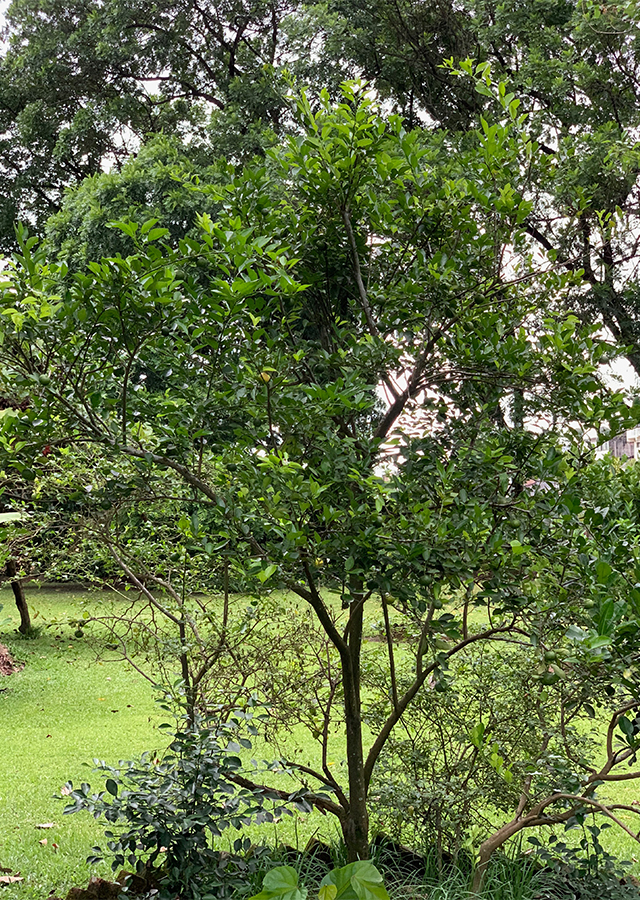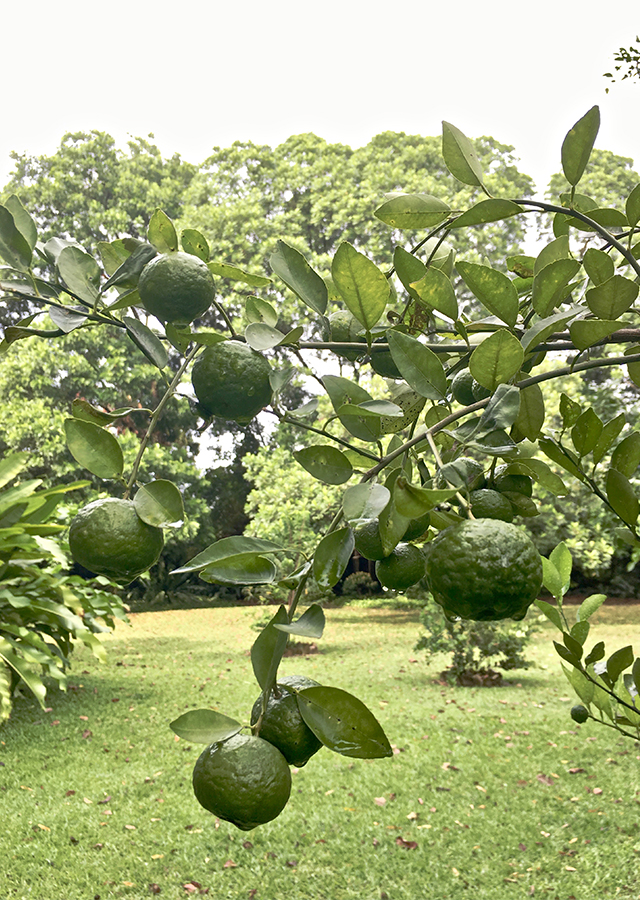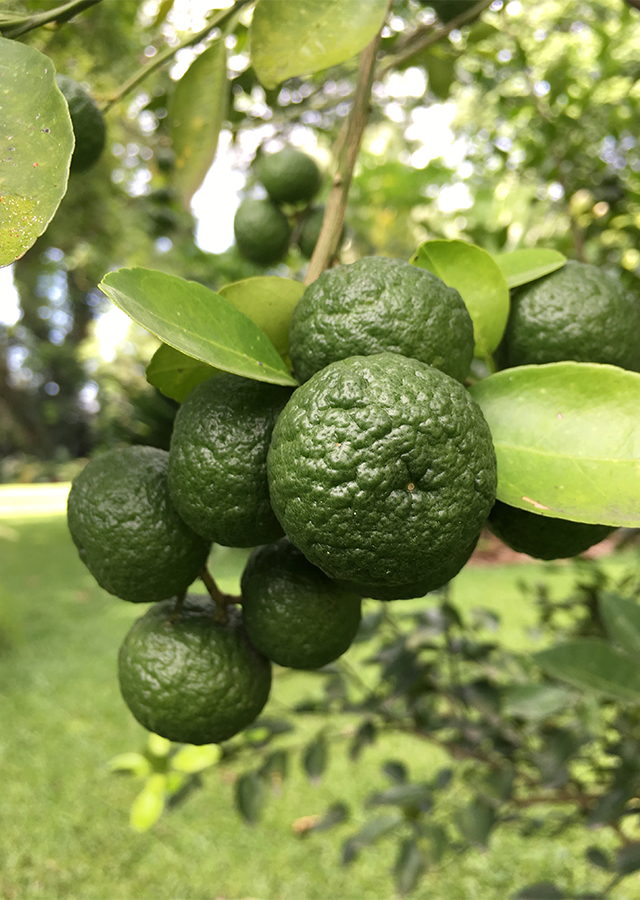Traditional Herbs from Citrus amblycarpa
refresh_tired_eyes
- Prepare lime, ice water and cotton wool.
- Mix lime juice into ice water then take cotton wool and dip it.
- Put it on your eyes.\u00a0
- The eyes will be fresh and ready to start a new activity.
thrush
- Prepare 1 lime.
- Slice it and get the juice.
- Drop lime juice on the canker sore, then your canker sore will get well soon, even though you have to feel excruciating pain \u00a0\u00a0
What is Citrus amblycarpa Looks like??



Parts of Citrus amblycarpa that could be used
- Leaves
- Fruit
- Fruit Skin
Citrus amblycarpa Distribution
Limes (Citrus amblycarpa (Hassk.) Ochse) are a type of orange native to West Java which are widely grown in local gardens so they are easy to find in regional cuisine. Limes have great potential for use as potted plants in home gardens because of their aesthetic value and fragrance. Limes are usually cultivated to use the fruit and leaves which are usually used as a spice or flavor enhancer in dishes such as soup and dumplings. The leaves and peel of limes contain essential oils which have been studied to have analgesic and antioxidant activity, so further research is needed if they are used to cure disease.Agroecology of Citrus amblycarpa
Three main climates are suitable for commercial citrus production - tropical climates, subtropical climates with winter rainfall such as those in the Mediterranean and semitropical climates with summer rainfall such as those found in Florida and southern Brazil. The optimal temperature for cultivating oranges ranges from 25 - 30 °C, with the coldest month averaging at least 15 °C. Growth generally stops below 13 °C and above 38 °C. If there is a dry period of more than three months, then irrigation will be necessary. This species is cultivated at altitudes from sea level to 350 m. Prefers deep, well-drained, but moisture-tolerant loamy soil in full sun. Prefers a pH in the range of 5 - 6.
Morphology of Citrus amblycarpa
- Woody stems, thorny twigs, short spike-shaped thorns.
- Leaves, leaf stalks 0.5 to 3.5 cm long. Leaf blades are ovate, elliptical or elongated, with blunt or bluntly tapering tips, often curved weakly, curved edged edges inward, 2 - 15 cm long.
- Flowers, white or yellowish-white corolla with a fragrant aroma.
- Fruit spherical or pressurized ball shape, diameter 4 - 7.5 cm, dirty yellow, orange or green with yellow, skin 0.3 \u2013 0.5 cm thick, flesh light yellow orange yellow or reddish \u2013 reddish, with bubbles that stick together, one with another and have a fragrant aroma.
Cultivation of Citrus amblycarpa
Lime propagation is done generatively (seeds) and vegetatively (ripe stem cuttings and grafting). Seeds are better sown directly after the fruit is ripe. Germination usually occurs within 2 - 3 weeks at a temperature of 13 �C.
Citrus amblycarpa, more details :
Chemical Content of Citrus amblycarpaPhytosterols, fatty acids, terpenes, 6-octadecenoic acid, palmitate and (fragrance compounds such as alpha sinensal, alpha limonene, beta citronellal, citronellol, and sabinene), flavonoids, polyphenols, tannins, glycosides, and essential oils.
Benefits of Citrus amblycarpa
Has antioxidant activity and acts as an analgesic. Increases immunity, treats flu, refreshes tired eyes, treats diabetes and canker sores.
Simplisia of Citrus amblycarpa
Another Facts for Citrus amblycarpa :
Synonym of Citrus amblycarpa-
Habitus of Citrus amblycarpa
Bush. Annual shrub, up to 7 m high
Habitat of Citrus amblycarpa
- Bushland
- Land
No comments:
Post a Comment